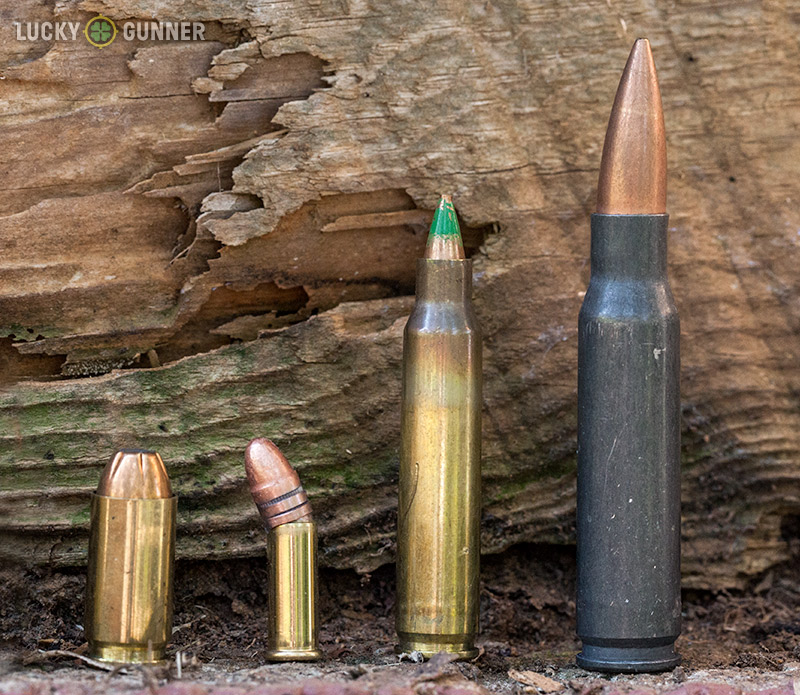But what if you don’t have a handy reject ammo disposal receptacle where you shoot? This question seems to come up occasionally among shooters, and there doesn’t appear to be any real consensus for the answer
via How to Safely Get Rid of Bad Ammo.
Personally, I don’t see the big issue here for most of us. Short of having a huge batch of mil-surp ammo rescued from the bottom of a basement that has been flooded for a long period of time, we will be facing either damaged cartridges or misfires. And even then the count will be miserably load if you buy commercial. Reloaders may find themselves with a batch of ammo that the realized (hopefully before shooting it) it is unsafe and needs to be disposed of.
What I have done with bad reloads is to use the kinetic puller, remove the bullet, dump the powder (personal paranoia) and separate the brass to be reused. Yes, you heard right, I re-use the brass.
Legal warning: I do not recommend to do what I am about to explain. If you do so is at your own risk. You are responsible for any damages to yourself, third parties or property. Got it?
The issue with the recovered brass is the primer that is still alive or might be. What I have done is to collect the primed brass in a plastic container and leave it out in my covered back porch for a couple of months. Heat and humidity seems to affect the primer to the point of not reacting when I de-prime the case and so far I had no issues with it. I do wear safety glasses just in case. If you are not comfortable doing this, do not attempt.
As for mangled, un-recyclable ammo, I have a tin cigar box from the 1940s and whatever ammo is bad, mangled or suspect and cannot be recovered, it goes in there. After 15 years I don’t have it 1/4 full. On a side note, I bought a bunch of .38 Special cases from that era and the seller sent in 4 tin boxes. The ammo I reloaded with those cases kept making my revolver malfunction. I finally got around with my calipers to measure the cases and about 90% of the samples I measured were off specs. I ended up getting rid of the cases and kept the boxes.
In all reality, bad ammo is only dangerous when is chambered in a gun, other than that just have a container for them, label it and set it aside where nobody will mess with it.


I have about 2000 rounds of 9mm that got water in the tote it was in. We are going to salvage the bullets and cases to reuse. To deactivate the primers, but the brass in a bucket and fill it with mineral spirit. I use that as a solvent. It will kill the primers, then you can spread the brass out on a tarp to dry and run it through your cleaner.You can also run the bullets through your cleaner if they have signs of corrosion on them. The only thing you can’t salvage is anything rim fire.I have salvaged the bullets out of rim fire for the lead, but it’s a slow process. You can clamp the bullet in a vice and cut the case with a mini-hacksaw. It’s a lot of work for very little gain in material.
.22LR you can usually hold the case with one hand, grab the bullet with pliers and twist, it’ll usually come right out of the case.
Didn’t buy it for the purpose, but have a universal decapping die that I use to remove possibly-live primers.
A shot of WD40 into the flash hole will killna primer stone cold dead.
I don’t reload. So I pull the bullets with a pliers. Save the powder in an old pill bottle, and toss the brass. The old mix of powder is great for starting campfires with a flourish at Boy Scout ceremonies.
FWIW I had deprimeed plenty of live primers and had plenty go in sideways and get crushed thanks to a loose auto prime on my press with none ever going off.
The are more stable than I ever thought.
Hell, scatter the powder in your flower bed, makes a decent fertilizer.
Cases that cant be reused are mangeled with a pair of pliers and dumped into a box to guard against future mix ups.